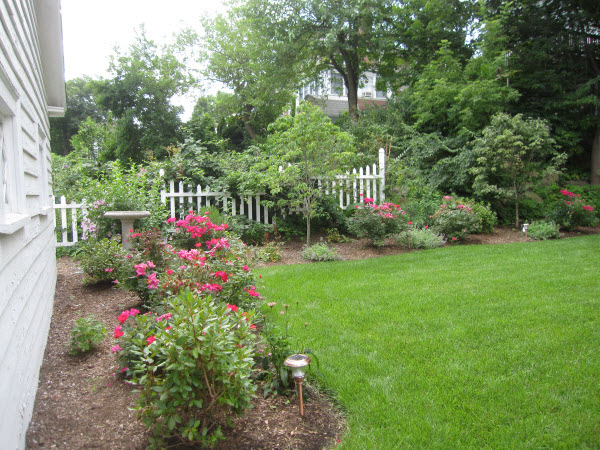 Whether you plan to be a DIY landscaper or a professional landscape client, it’s important to recognize that creating and maintaining gorgeous outdoor spaces is no easy feat. In fact, good landscape designers go to college in order to study topics like horticulture, turf management, ecological design, and more. There’s quite a lot of material to cover!
Whether you plan to be a DIY landscaper or a professional landscape client, it’s important to recognize that creating and maintaining gorgeous outdoor spaces is no easy feat. In fact, good landscape designers go to college in order to study topics like horticulture, turf management, ecological design, and more. There’s quite a lot of material to cover!
That said, here are some landscaping “secrets” we want to share. Hopefully they can help you put landscaping projects into true perspective.
Planning Is Essential
One of the biggest mistakes made by amateur gardeners is lack of planning. In the excitement of a warm spring day, homeowners buy cartloads of plants/materials at the local nursery, then scramble to install them all by dinnertime. This approach is something less than ideal.
In the first place, you need to prepare an area for landscape installation of any kind. Preparation may involve weeding, aerating, leveling, tilling, etc. Secondly, long-term landscape success requires a bit of research. You need to understand your soil content, your local pests and critters, and much more. Otherwise, you may find yourself tearing everything out next spring.
Landscaping Is a 3-D Art
Good landscape designers understand that your yard is not a painting. It’s not enough to plan a landscape that looks good from the street, but stops short of the neighbor’s kitchen window. In order to ensure your property is fine-tuned from all angles, you’ll need to spend time outside—at different times of day and ideally in different seasons.
If you don’t have the time or the patience to study your yard this thoroughly, let a landscape designer help you predict seasonal trouble-spots and growing conditions. You’ll be glad for expert insights when the end results begin to fill in, and plants mature in a vibrant, 360-degree fashion.
Energy Conservation Is Worth the Extra Effort
Regardless of the landscape plan you intend to develop, there are a few more secrets of landscaping that you need to know. A new landscape will help you enhance the aesthetics of your home, create a natural environment, and boost your property value. However, there is one more thing a new landscape allows you to do: conserve energy.
To reduce your utility bills, make sure that the vines, bushes, and trees you plant around your property shade your house, driveway, and patio during the hottest days. Also, choose deciduous tree species that shed their leaves in the autumn to allow the sun to warm your house during the winter. Placing vegetation strategically around your house helps you save energy.

 781-646-5555
781-646-5555